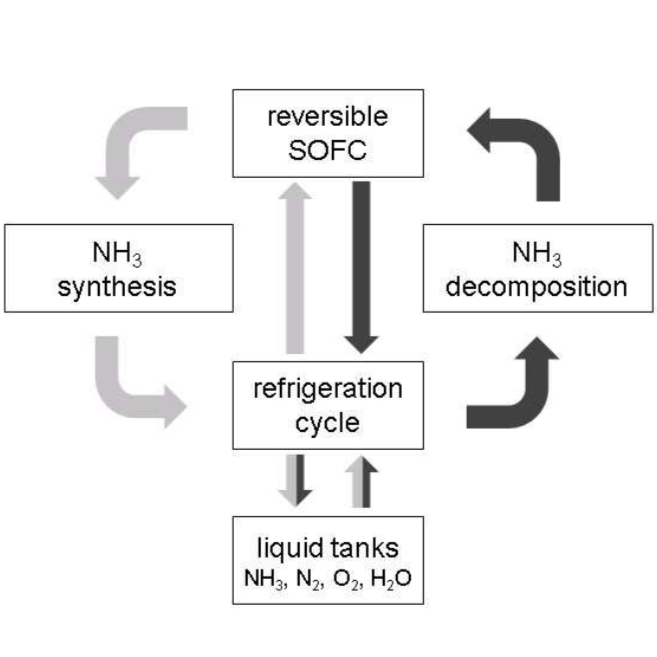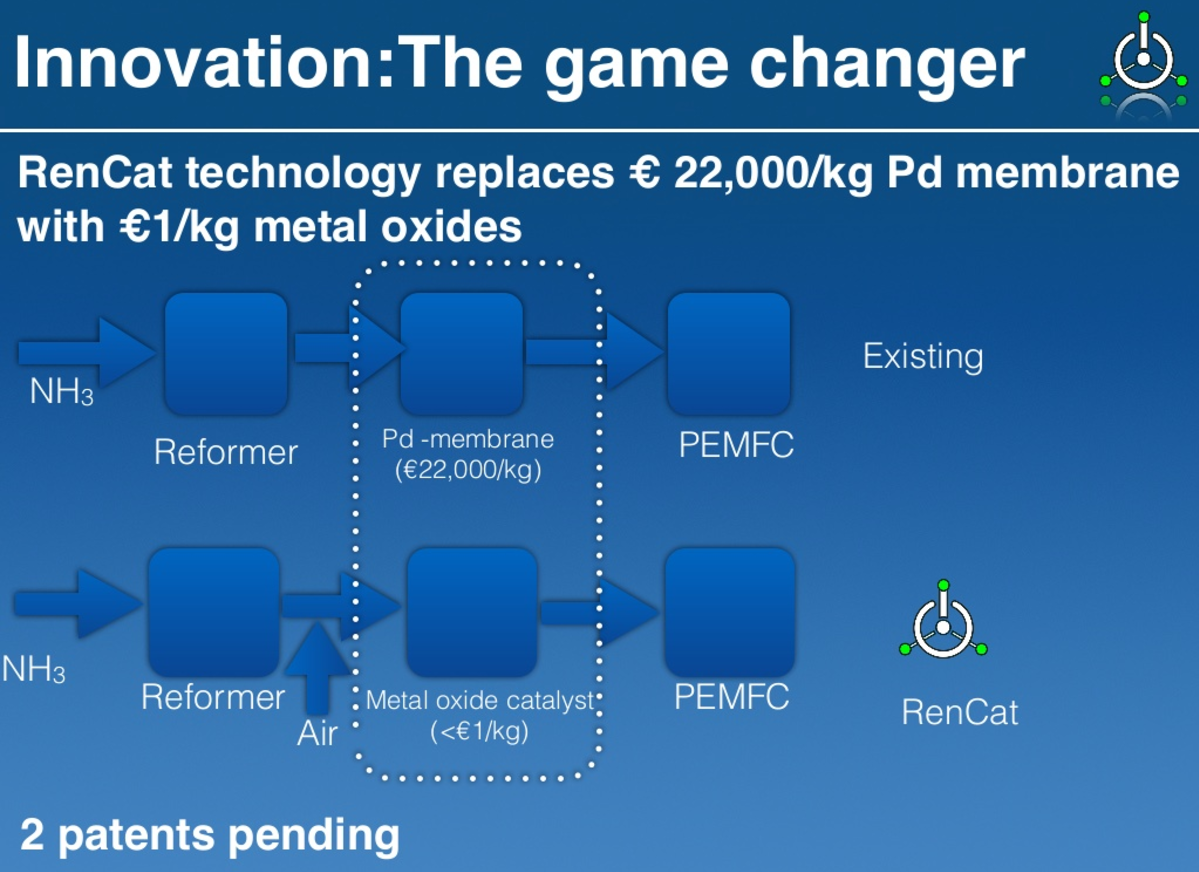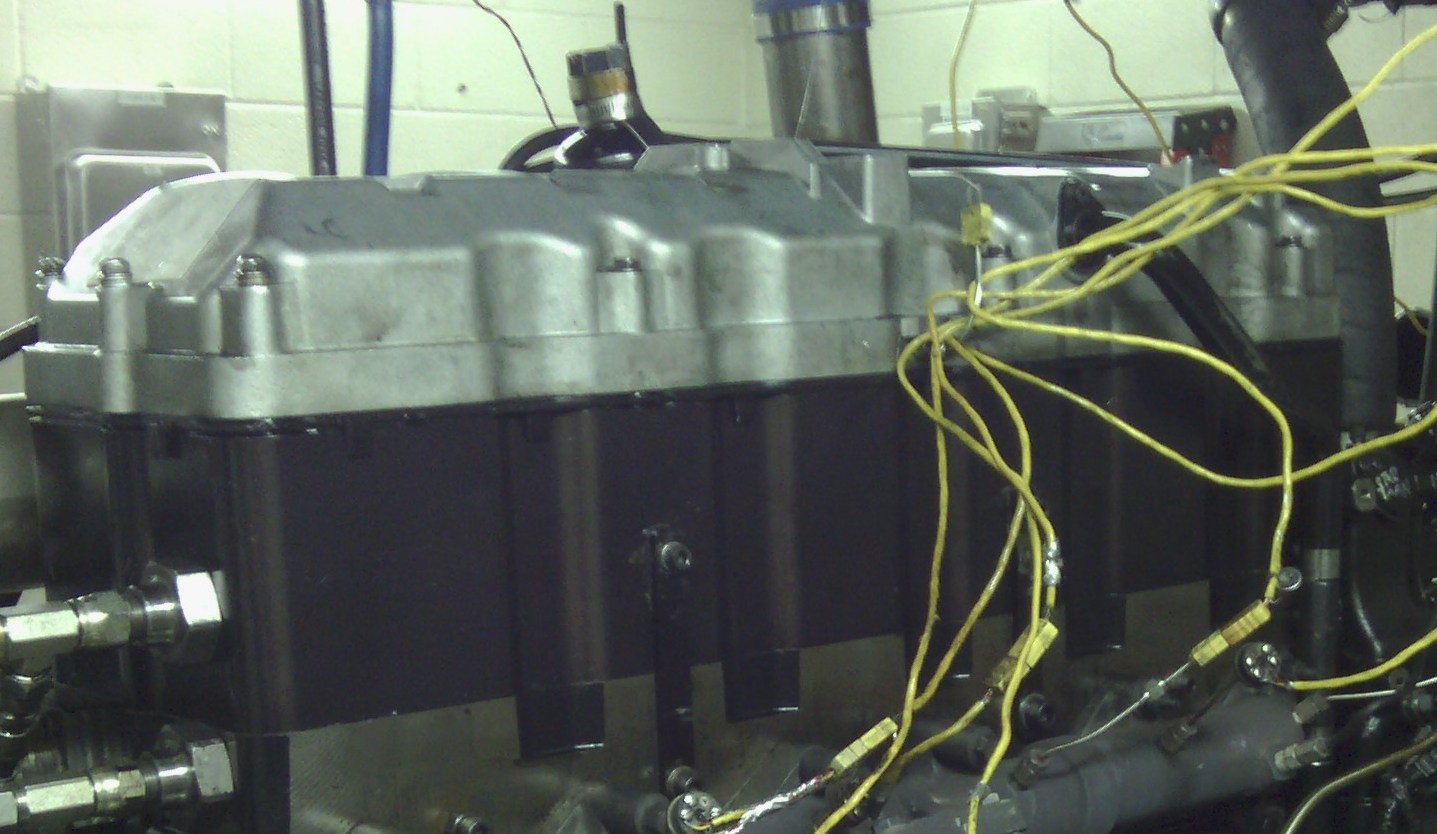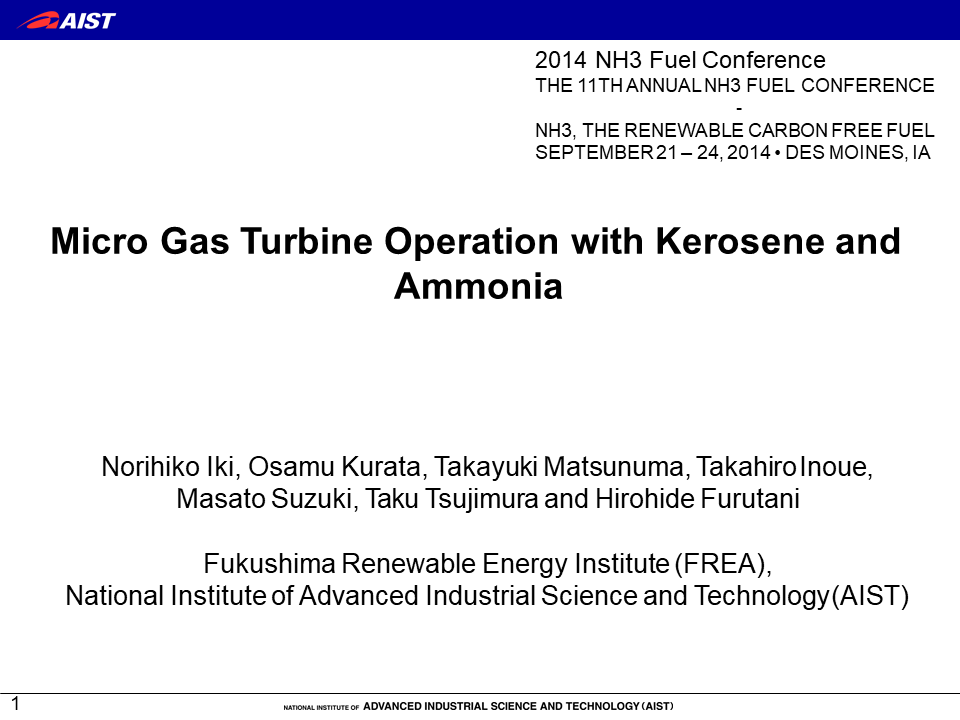Ammonia – and Other Nitrogen-Based Fuels
Next month the print edition of Fuel Processing Technology will feature a paper entitled “Auto-ignition of a carbon-free aqueous ammonia/ammonium nitrate monofuel: a thermal and barometric analysis.” This title is provocative. First, what is this idea of a fuel composed of a mixture of ammonia and ammonium nitrate (AN)? If ammonia is a good fuel, is it made better with the addition of ammonium nitrate? Second, why is it aqueous? Is the presence of water a feature or a bug? Third, what is a monofuel and why is this term used when the fuel is a mixture of two molecular species? And finally, why is the paper ultimately about auto-ignition?







